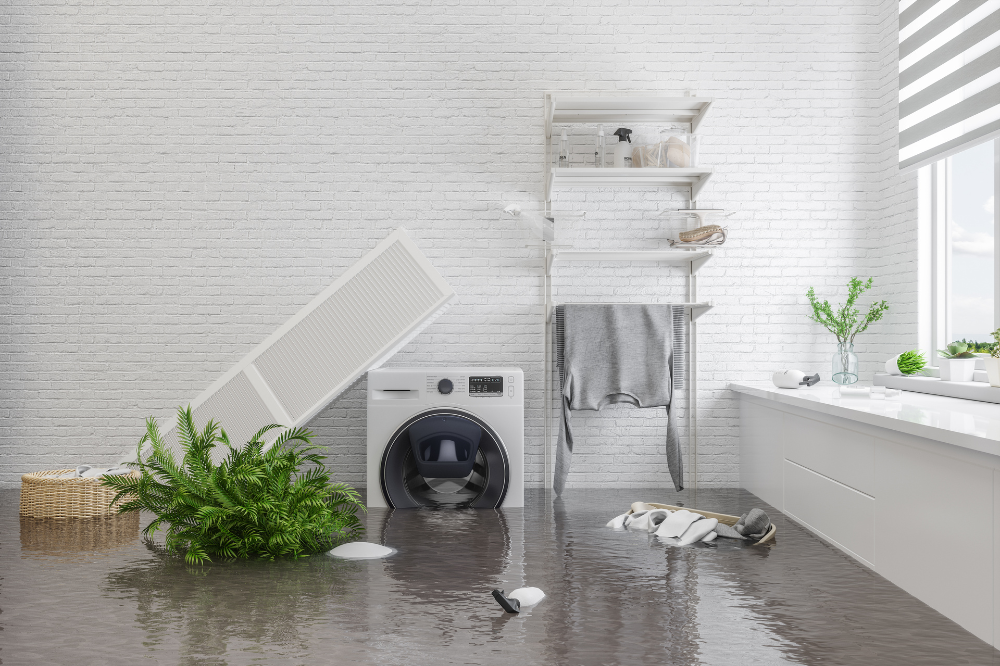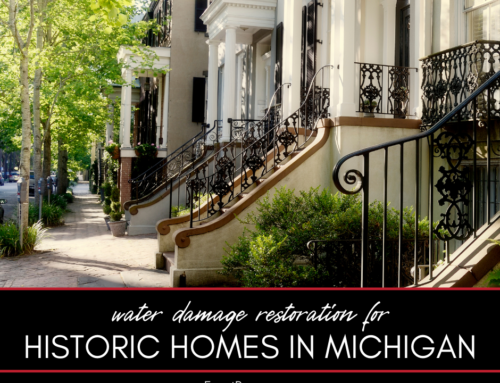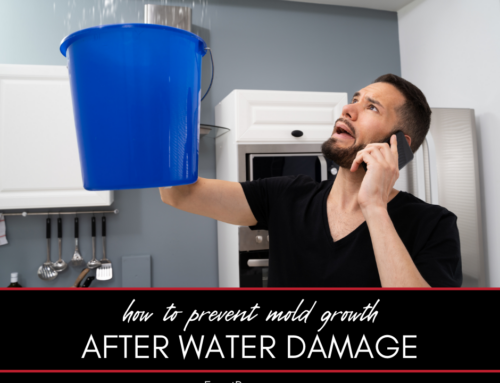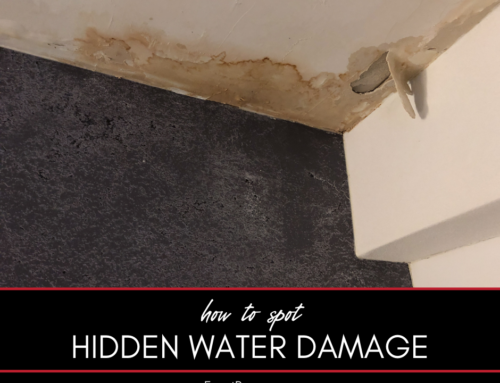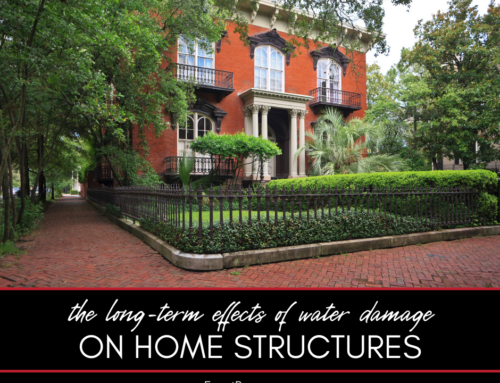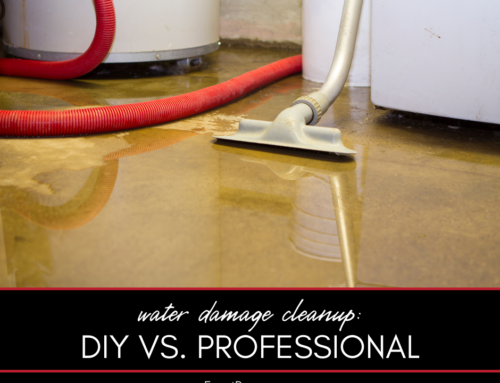Water damage can be a frustrating and costly issue for homeowners. But did you know that not all water damage is the same? There are different types of water damage, and understanding the differences can help you take the appropriate steps to address the problem. In this guide, we’ll explain the different types of water damage and how to identify and deal with each one.
Types of Water Damage
The following sections outline some of the main types of water damage Michigan homeowners and business owners have to deal with from time to time.
Clean Water Damage
Clean water damage is the most common type of water damage. It occurs when a pipe bursts, an appliance leaks, or there’s an overflowing sink or bathtub. Clean water damage is called “clean” because the water source is free of contaminants, such as bacteria or chemicals. However, if left untreated, clean water damage can quickly turn into gray or black water damage.
Related: 4 important things you probably didn’t know about house fires
Gray Water Damage
Gray water damage occurs when water is contaminated with chemicals or bacteria, but not with human waste. For example, water from a washing machine or dishwasher that contains detergents or food particles falls under gray water damage. Gray water damage can cause health problems if ingested, and it requires special treatment and disposal.
Black Water Damage
Black water damage is the most severe and dangerous type of water damage. It occurs when water is contaminated with human or animal waste, such as sewage backup, toilet overflow, or floodwaters. Black water damage can cause severe health problems, including bacterial infections, respiratory issues, and even death. Black water damage requires immediate attention from a professional restoration company.
Related: How dangerous is black smoke in a house fire?
Identifying Water Damage
Now that you know the different types of water damage, it’s essential to know how to identify them. Here are some signs to look for:
- Water stains or discoloration on walls, floors, and ceilings
- Peeling paint or wallpaper
- Musty odor
- Visible mold growth
- Warped or buckled floors
- Waterlogged carpets or furniture
If you notice any of these signs, it’s important to act quickly and contact a professional restoration company.
Related: Is it safe to open a window during a house fire?
Dealing With Water Damage
Dealing with water damage can be a daunting task, but there are steps you can take to minimize the damage and prevent further problems. Here are some tips:
- Shut off the water source and electricity to the affected area.
- Move any valuable items out of harm’s way.
- Remove as much water as possible using towels or a wet-dry vacuum.
- Open windows and doors to increase ventilation.
- Call a professional restoration company to assess the damage and begin the restoration process.
In summary, understanding the different types of water damage is essential to protecting your home and your family’s health. Clean water damage is the most common, while gray and black water damage pose more significant health risks. Identifying and dealing with water damage quickly is critical to preventing further damage and costly repairs. If you notice signs of water damage in your home, don’t hesitate to contact a professional restoration company.
Related: The benefits of working with a professional restoration company
Do You Need a Disaster Remediation Expert in Washtenaw County or Jackson County?
If your home has already been damaged, we can help. Check out our services and call Exact Recon for your free disaster remediation quote today. We offer:
- Water damage restoration
- Mold removal and remediation
- Fire and smoke restoration
- Sewer cleanup and disinfecting
- Reconstruction
- Wind and storm damage repair

